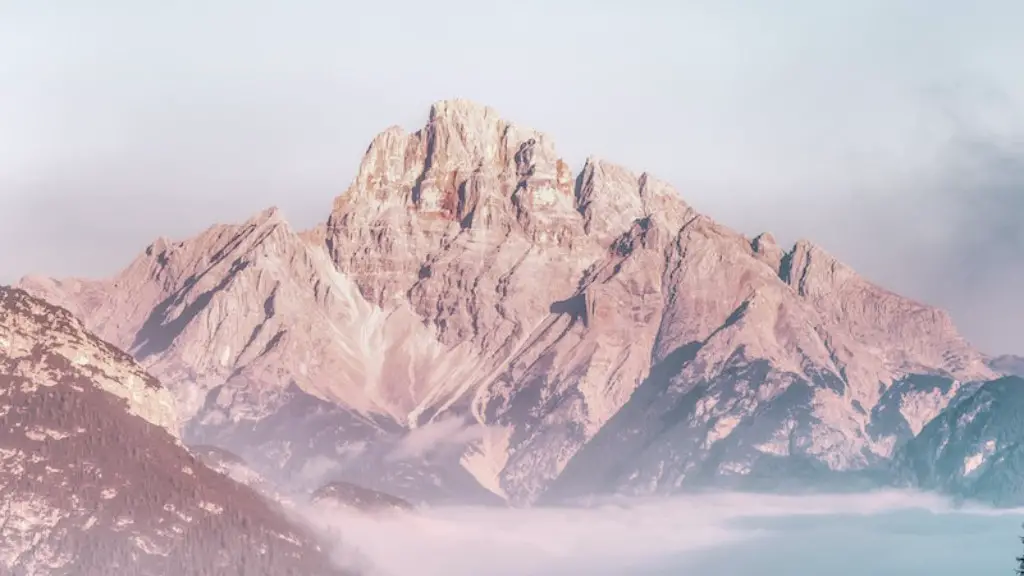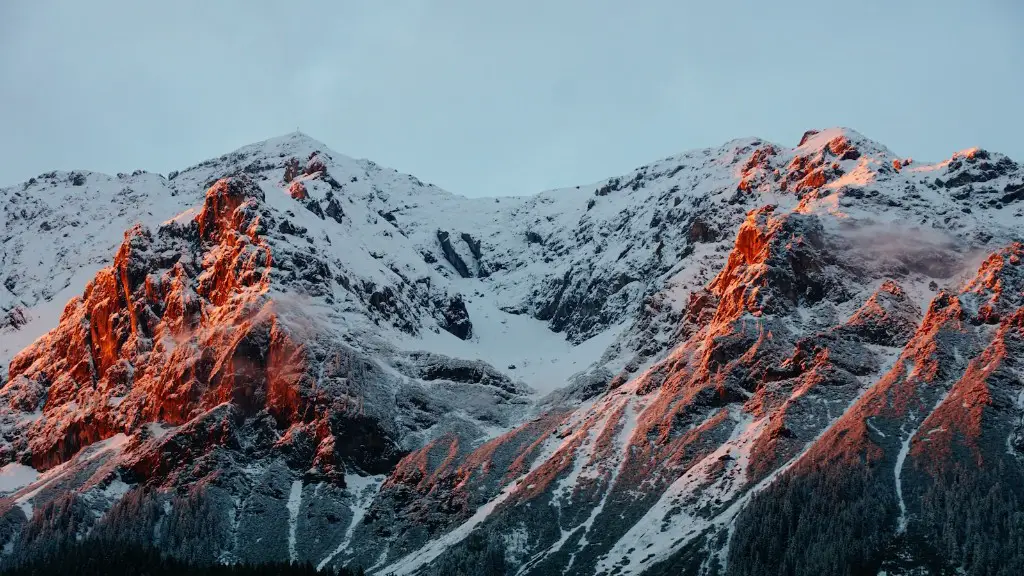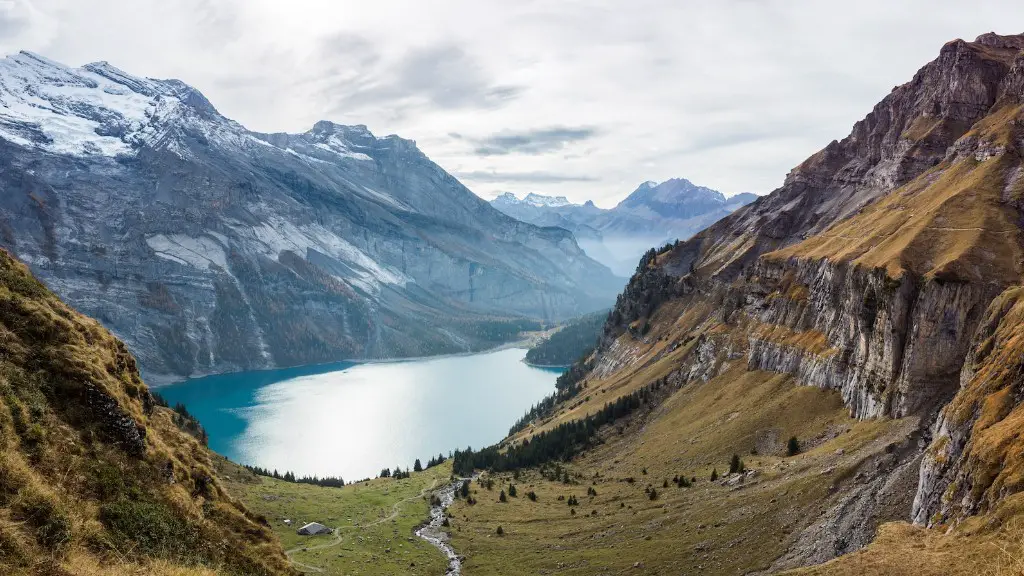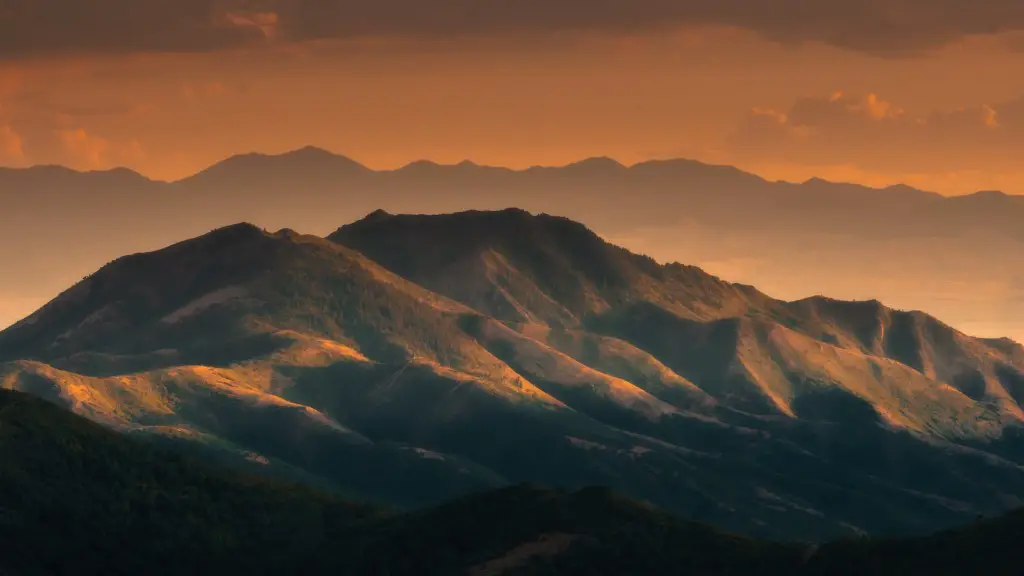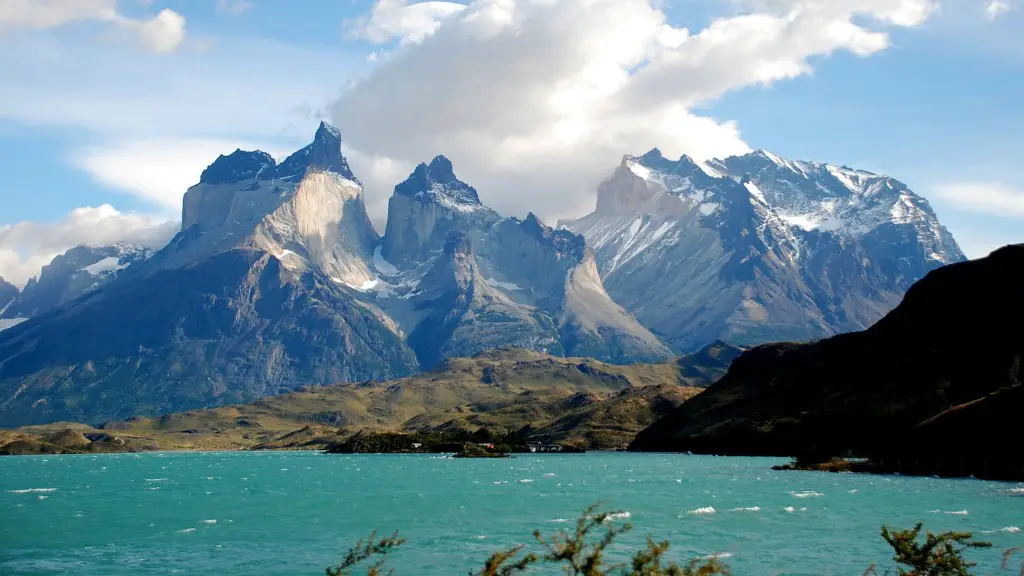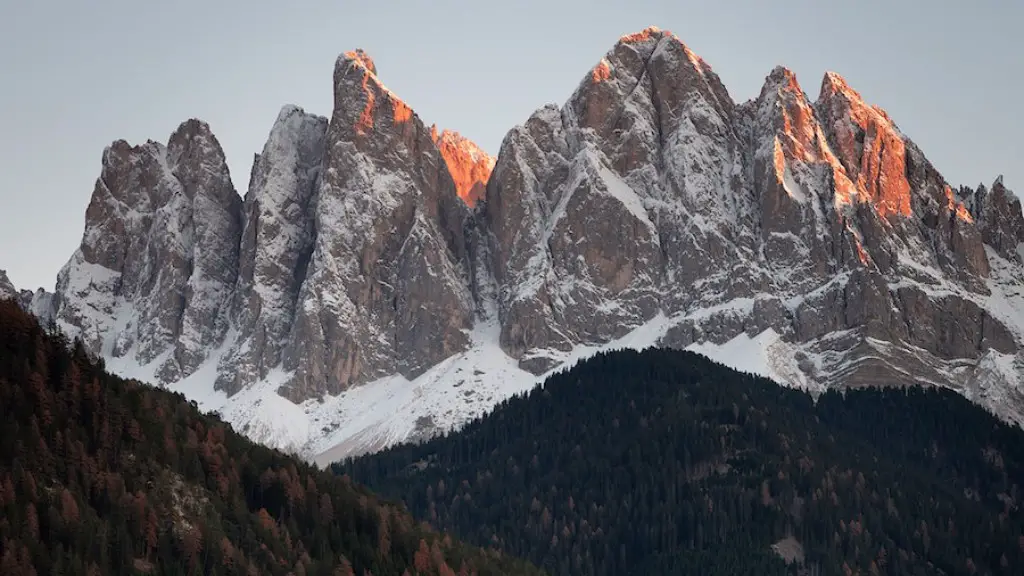As one of the most recognizable mountains in the world, Mount Fuji is a popular destination for hikers and climbers. However, the mountain can be dangerous, and each year there are reports of hikers getting lost or injured. Why is Mount Fuji so dangerous?
There are a few reasons that Mount Fuji is considered dangerous. First, the mountain is very tall and can be difficult to climb. Second, the weather on Mount Fuji can be unpredictable and can change quickly, which can be dangerous for climbers. Third, Mount Fuji is an active volcano, and while it is not currently erupting, it could erupt in the future, which would be dangerous for anyone nearby.
Why is it dangerous to climb Mount Fuji?
Altitude sickness is a condition that can be caused by climbing to high altitudes. It is most common above 2,400 metres (8,000 feet), and the peak of Mount Fuji is at an altitude of 3,776 metres (12,389 feet). Most people who climb Fuji-san experience some degree of altitude sickness. It’s sometimes the fittest people who are worst hit. Symptoms of altitude sickness include headache, nausea, fatigue, and difficulty sleeping. If you experience these symptoms, it’s important to descend to a lower altitude and rest.
A volcanic eruption of Mount Fuji would be a catastrophic event for Japan and the world. Nearly one million people would be forced to evacuate from their homes, and supply chains around the world would be disrupted since no ships would be able to navigate Tokyo Bay. Japan is one of the top-five exporters of goods around the world, so the economic impact would be significant. The Japanese government is working on a plan to prevent a disaster of this magnitude, but it is a daunting task.
Is Mount Fuji a dangerous volcano
Mount Fuji is considered to be an active volcano, and has erupted more than 15 times since 781. However, it has been dormant since an eruption in 1707, with its last signs of volcanic activity occurring in the 1960s. Given the concerns about the extensive damage that would be caused by an eruption, Fuji is monitored 24 hours a day.
The Hōei eruption was one of the most devastating volcanic eruptions in Japanese history. It had a disastrous effect on the people living in the Fuji region, causing many to die of starvation. The tephra released from the volcano caused an agricultural decline, and the volcanic ash that fell widely covered the cultivated fields east of Mount Fuji.
Can a normal person climb Mt. Fuji?
Mt. Fuji is a great challenge for climbers who are in good shape. Although there are a few challenging parts, they are not frequent. The main challenge is the altitude which can cause climbers problems, especially those with little climbing experience.
Mount Fuji is an important place in Japanese religion. It’s often known as Fujiyama and Fuji-San (Mr Fuji). It’s worshipped as a god (kami) in Japan and its volcanic activity symbolises the earth, sky, and fire. Thus, plenty pilgrims make the journey to the summit of Mount Fuji either on foot or in the cable car.
Will Mount Fuji ever erupt again?
Mount Fuji is an iconic symbol of Japan and one of the most popular tourist destinations in the country. However, it’s also an active volcano that has erupted about 180 times over the past 5,600 years. The most recent one was more than 300 years ago, the Hoei eruption of 1707, and experts anticipate that another eruption could occur again before long. While the risk of an eruption happening in the near future is relatively low, it’s still something to be aware of if you’re planning a trip to Mount Fuji. It’s always best to be prepared and know what to do in case of an emergency.
Fujisan Hongū Sengen Taisha is a Shinto Shrine that is the proprietor of Mount Fuji. It is one of the oldest and most significant shrines in Japan. The shrine is located in Fujinomiya, Shizuoka Prefecture. It is said that the shrine was founded in the year 940 by a priest named Haji Ōtomi for the worship of the kami of Mount Fuji.
Is Yellowstone volcano overdue
While it is true that volcanoes do not erupt in predictable ways, the math does not support the claim that Yellowstone is overdue for an eruption. Yellowstone is a very large and active volcano, but eruptions are not constrained by a predictable schedule.
The deadliest volcanic eruption in recent history was the eruption of Mount Tambora in Indonesia in 1815. The eruption killed an estimated 92,000 people, making it the deadliest eruption of the nineteenth century. The second deadliest eruption was the eruption of Krakatau in Indonesia in 1883. The eruption killed an estimated 36,417 people. The third deadliest eruption was the eruption of Mount Pelee in Martinique in 1902. The eruption killed an estimated 29,025 people. The fourth deadliest eruption was the eruption of Ruiz in Colombia in 1985. The eruption killed an estimated 25,000 people.
Where is the most dangerous volcano on Earth?
The 15 most dangerous active volcanoes in the world are: Cotopaxi in Ecuador, Mount Vesuvius in Italy, Popocatépetl in Mexico, Mayon Volcano in the Philippines, Mount St. Helens in Washington, US, Mount Merapi in Indonesia, and Nevado del Ruiz in Colombia.
The Tamu Massif is the largest supervolcano on Earth, with a 4 km height and a 640 km width. It is located in the Pacific Ocean, east of Japan.
How many deaths has Mount Fuji caused
Mount Fuji is an active volcano that is located in Japan. The mountain has erupted several times in the past, with the most recent eruption occurring in 1707. This eruption ejected 08 cubic km of ash, blocks, and bombs. Five historic eruptions have caused damage, but no fatalities have been reported. Fuji had two large eruption (VEI=5) in 1050 and 930 BC. The mountain’s summit and crater are currently open to tourists.
The mountain Fuji has erupted both explosively and effusively in the last 2000 years. The two largest eruptions in this time period have had different styles. The 864-866 CE Jogan eruption was effusive, while the 1707 Hoei eruption was explosive.
What are 3 interesting facts about Mount Fuji?
1. Mount Fuji is actually three volcanoes in one.
2. Women were forbidden to climb it until 1868.
3. It is a sacred mountain.
4. It was first climbed by a monk.
5. It is a symbol of Japan.
6. It is an active volcano.
7. It last erupted in 1707.
8. It is surrounded by five beautiful lakes.
9. It is one of the most popular tourist destinations in Japan.
10. It is a UNESCO World Heritage Site.
Most people don’t usually need to use supplemental oxygen when climbing, unless they are climbing to extremely high altitudes. Instead, it is recommended to take things slowly in order to avoid altitude sickness. Some people’s bodies simply cannot adjust to the higher altitudes, and altitude sickness can be deadly. Therefore, it is important to listen to your body and descent to a lower altitude if you begin to feel ill.
Final Words
Mount Fuji is dangerous because it is an active volcano.
Mount Fuji is dangerous because it is an active volcano. When it erupts, it can cause damage to property and loss of life.
